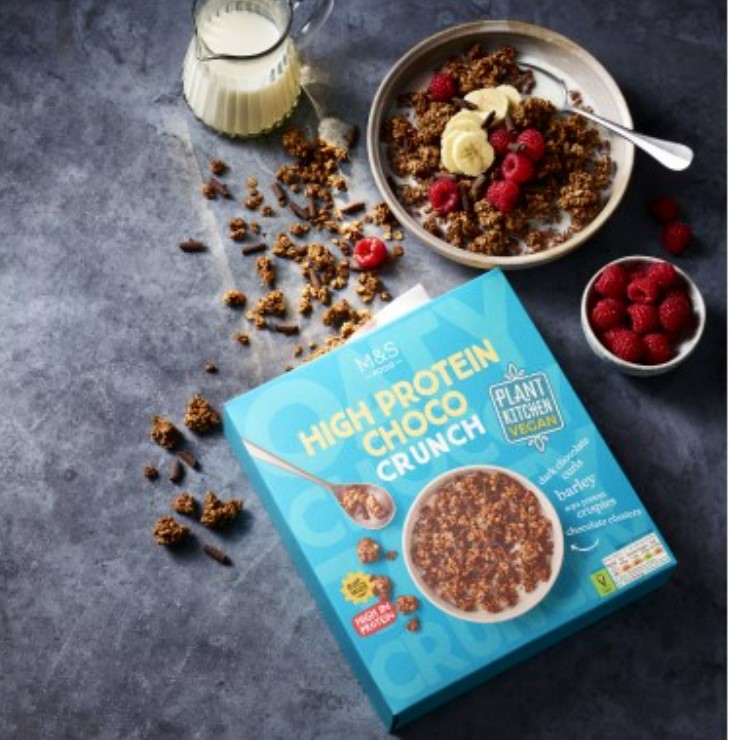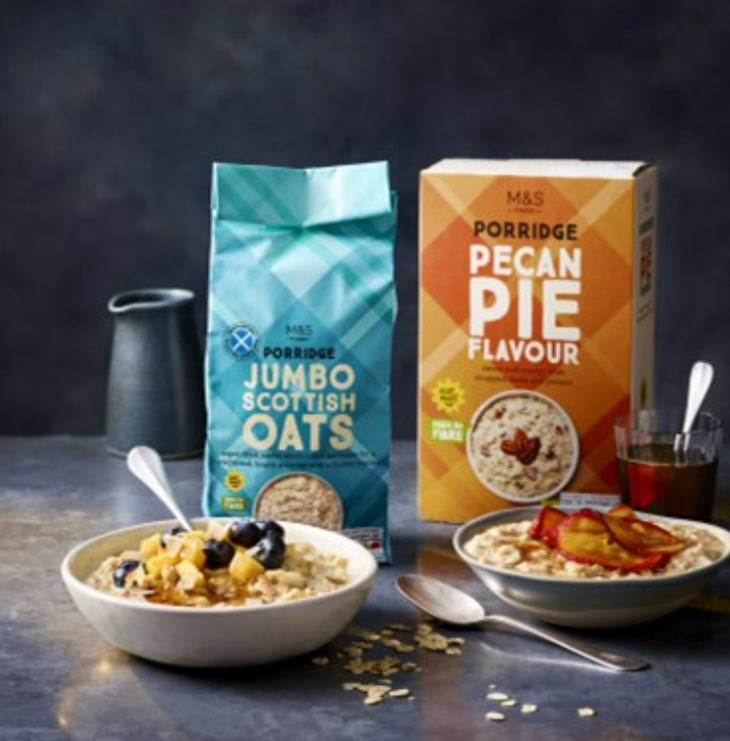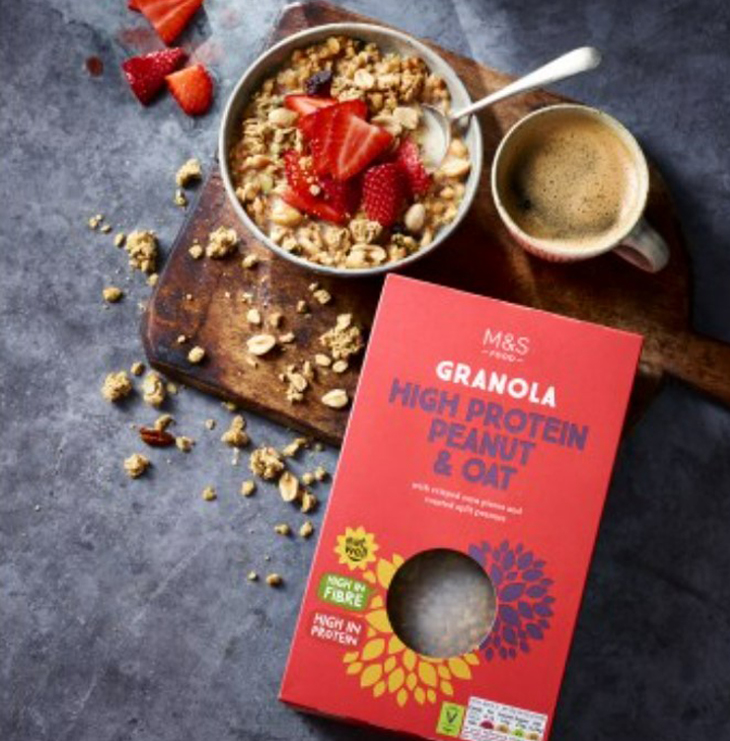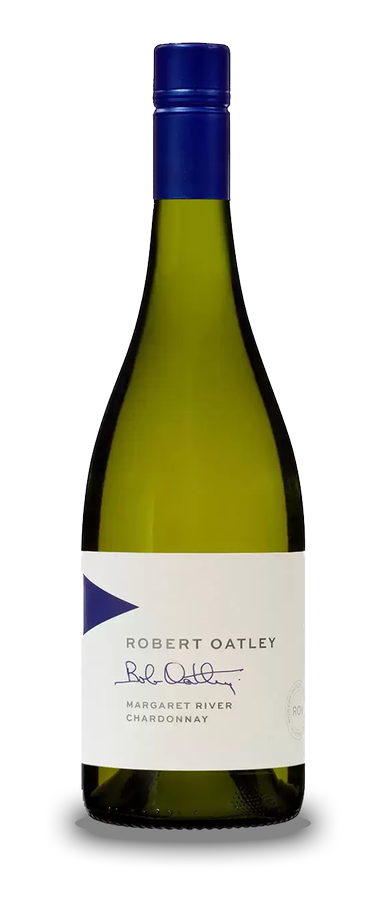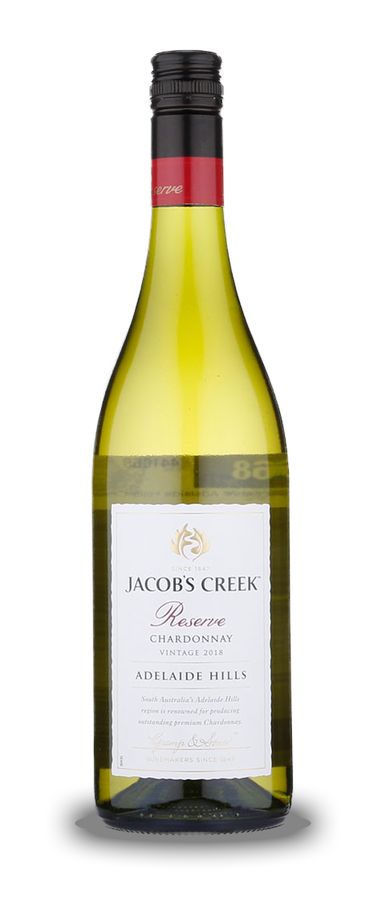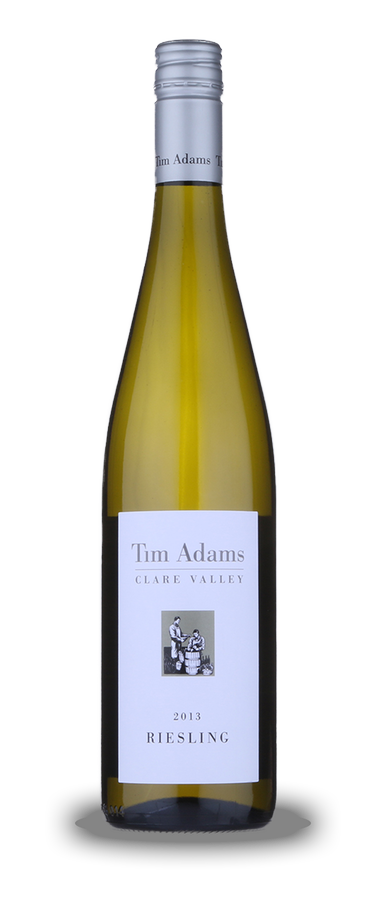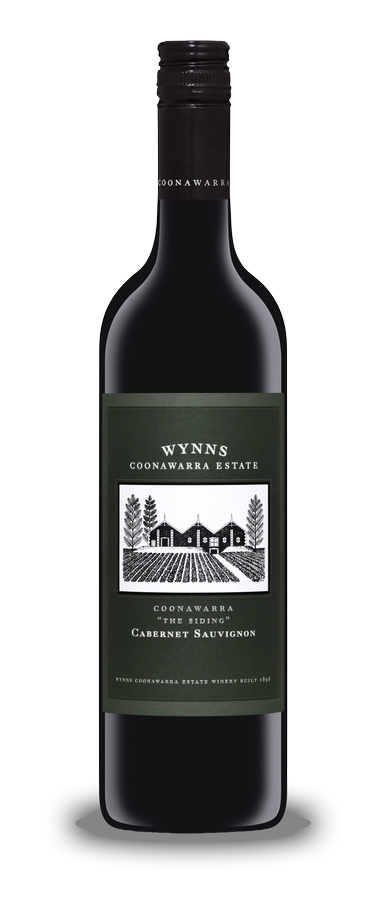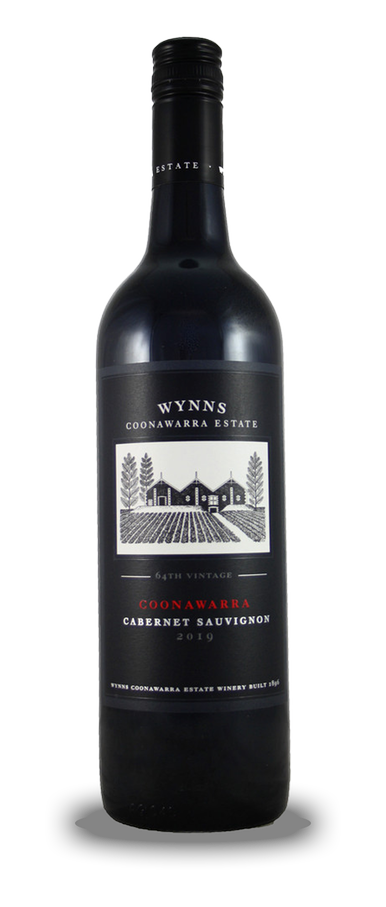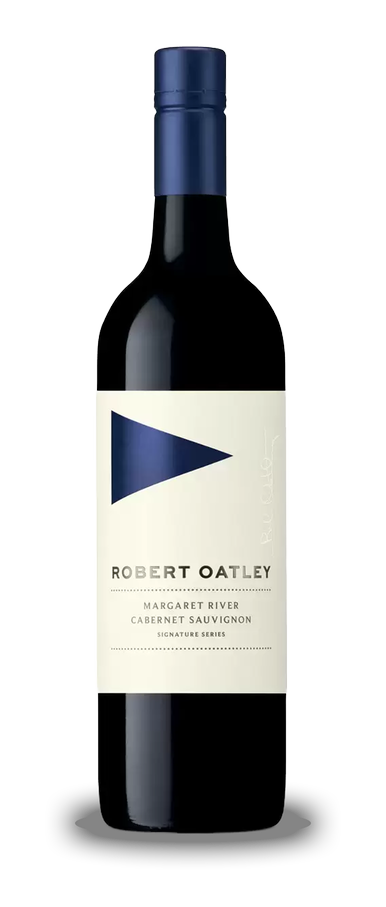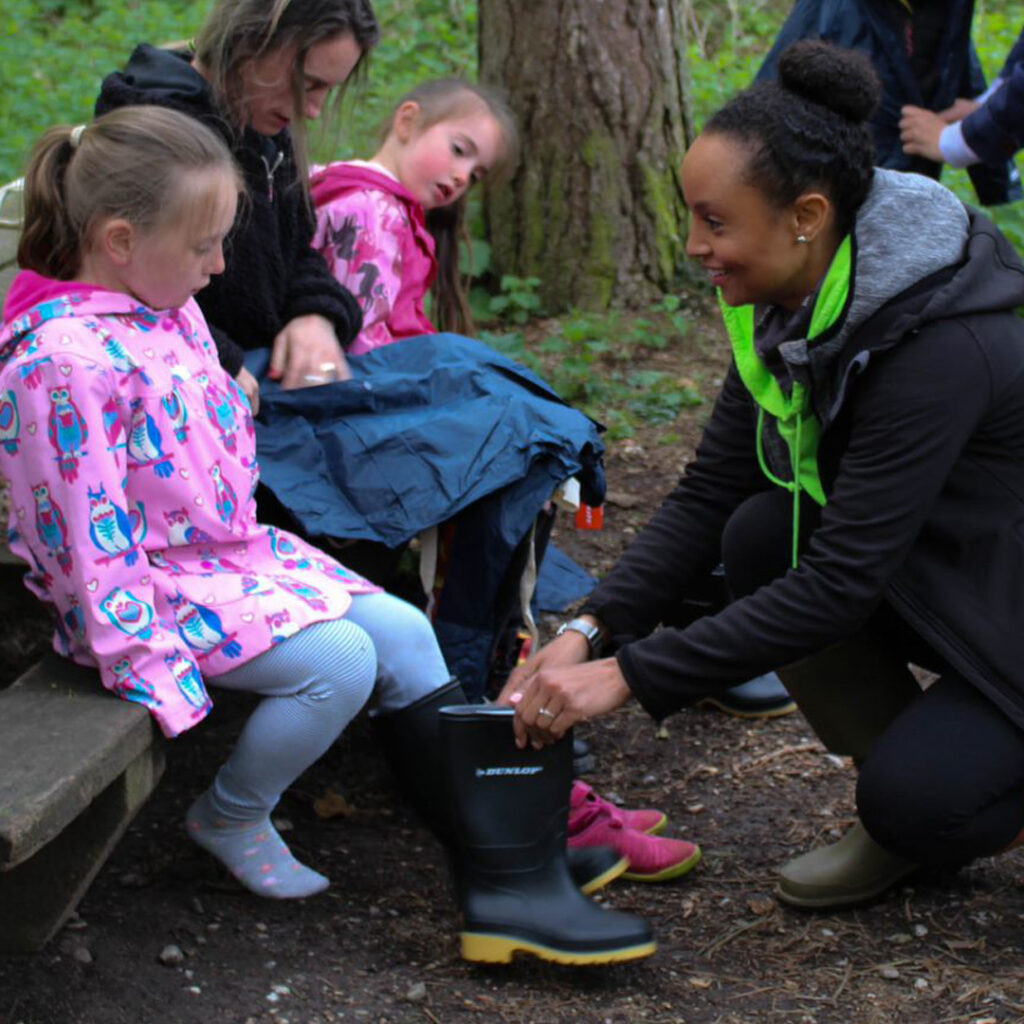David Walliams answers some questions ahead of the theatre adaptation of his book landing at New Victoria Theatre in Woking from Wednesday 9th February to Saturday 12th February
Calling all families! The coolest Granny around is coming to Woking from Wednesday 9th February to Saturday 12th February.
The West End production of David Walliams’ Gangsta Granny is being brought to Woking by the producers of the hit stage shows, Horrible Histories and Billionaire Boy.
Inspired by Walliams’ own granny the show follows Ben as he dreads going to stay with his cabbage-obsessed granny every Friday. But what Ben doesn’t know is that Granny has a secret – and Friday nights are about to get more exciting than he could ever imagine, as he embarks on the adventure of a lifetime with his very own Gangsta Granny!
David Walliams Q&A:
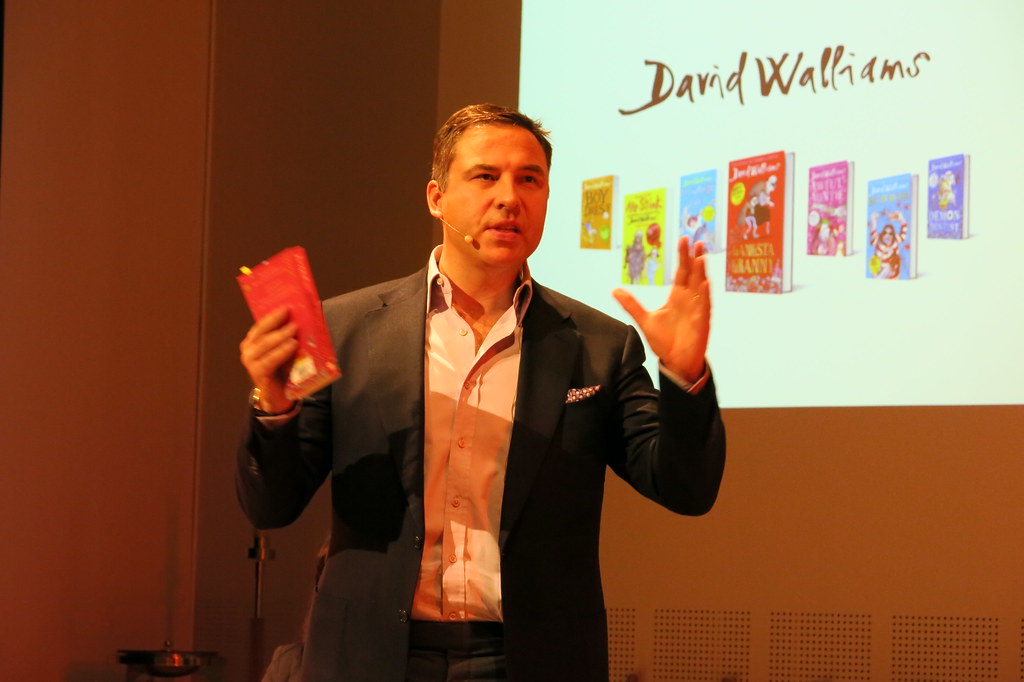
Q. What inspired Gangsta Granny?
“When I was a child I would spend lots of time with my grandmas. Sometimes I would selfishly think spending time with them could be boring but when I got them on a subject like living in London during World War II when bombs were raining down, they would become very animated and I would be enthralled. I realised everyone has a story to tell.”
Q. What were your grannies like and are there any elements of their characters in Gangsta Granny?
“There was definitely a smell of cabbages in one of my grandmas’ houses. The other did break wind like a duck quacking when she walked across the room.”
Q. Many people would say there’s a special bond between children and their grandparents, why do you think that is?
“I think grandparents love being grandparents because they get to give the children back to the parents! Children love spending time with their grandparents because they love hearing their stories and being allowed to stay up past their bedtime.”
Q. When did you decide to write children’s fiction and what encouraged you?
“Ten years ago I had an idea for a story. What if a boy went to school dressed as a girl? I thought it would be a thought-provoking children’s book. That became The Boy in the Dress, the first of my children’s novels.”
Q. What are the delights of writing children’s fiction?
“The only limitation in a children’s book is your imagination. You can take children on magical journeys in books that many adults would be reluctant to go on.”
Q. And the challenges of writing for children?
“Children love to be scared but it can’t be too horrifying. Children love to laugh but it can’t be too rude. You always have to be the right side of the line.”
Q. You’ve often talked about Roald Dahl, what do you think makes him special?
“I think Dahl’s books always feel a little bit forbidden. He manages to balance the humour and scary elements in his stories perfectly.”
Q. Which Dahl books do you particularly like and why?
“The Twits is utterly hilarious and I love that it is a children’s book with no child characters.”
Q. Which other children’s writers did you enjoy as a child and why?
“I loved Dr Seuss books as a child, especially ‘Green Eggs and Ham’. His books are like nightmares come to life. They are rich and strange and utterly unlike anybody else’s work.”
Q. What do you think children enjoy in your books?
“I imagine they like the humour and that I don’t patronise them. I deal with quite big topics, crossdressing, homelessness, grief. I know children are a lot smarter than most grown-ups think.”
Q. What were your feelings on seeing Gangsta Granny adapted for the stage?
“It’s a huge thrill seeing Gangsta Granny have this whole new life on the stage. It has already been a TV film. People seem to really like the story. In fact, Gangsta Granny is my best-selling book by far and the stage production is brilliant.”
“There is lots of action in Gangsta Granny, especially when they try to steal the Crown Jewels.”
Q. Do you feel there are any particular challenges or difficulties with staging Gangsta Granny?
“There is lots of action in Gangsta Granny, especially when they try to steal the Crown Jewels – so it’s quite a challenge for the Birmingham Stage Company to bring those scenes to life, but they do it so wonderfully well.”
Q. Are there any scenes you particularly like seeing on stage?
“I like the characters of Ben’s mum and dad. Their obsession with ballroom dancing is very funny brought to life in the play.”
Q. Why were you keen to work with Birmingham Stage Company on the adaptation?
“I saw their Horrible Histories show which was superb. I loved the humour and the interaction with the audience, so I knew they were the right people to stage my book.
Q. What do you hope children will take away from watching Gangsta Granny on stage?
“The moral of the story is ‘don’t assume old people are boring just because they are old’. In fact, they are likely to have had a much more interesting life than yours. Talk to old folk, listen to their stories. They are bound to be full of magic and wonder.
Q. In what way do you think experiencing the stage show will differ from their experiences when reading the book?
“The great thing about seeing Gangsta Granny on stage is you will get to share it with an audience. So hopefully you will laugh and cry along with everyone else. That’s what makes theatre so special.”
Q. What do you think are the elements that make up a good theatrical production for children?
“Those for children need to be fun and fast-paced which Gangsta Granny certainly is.”
Q. Strictly Come Dancing raises its head in Gangsta Granny – would you like to be in the show and, if so, how do you rate your hopes of holding the glitter ball?
“I can’t dance at all (as you might have seen in the TV adaptation of Gangsta Granny when I tried to dance with Miranda Hart). So I would say my chances are less than zero.”
Gangsta Granny was adapted from David Walliams’ book by Neal Foster, actor-manager of Birmingham Stage Company. He has also directed the show. The show is suitable for ages 5+ and duration is about two hours.

Tickets from £13, fees apply. You can book tickets by calling the Box Office on 0844 871 7615 (Fees apply. Calls cost up to 7p per minute, plus your phone company’s access charge), Groups Booking Line 0207 206 1174 or online at ATGTICKETS.COM/Woking (fees apply).








